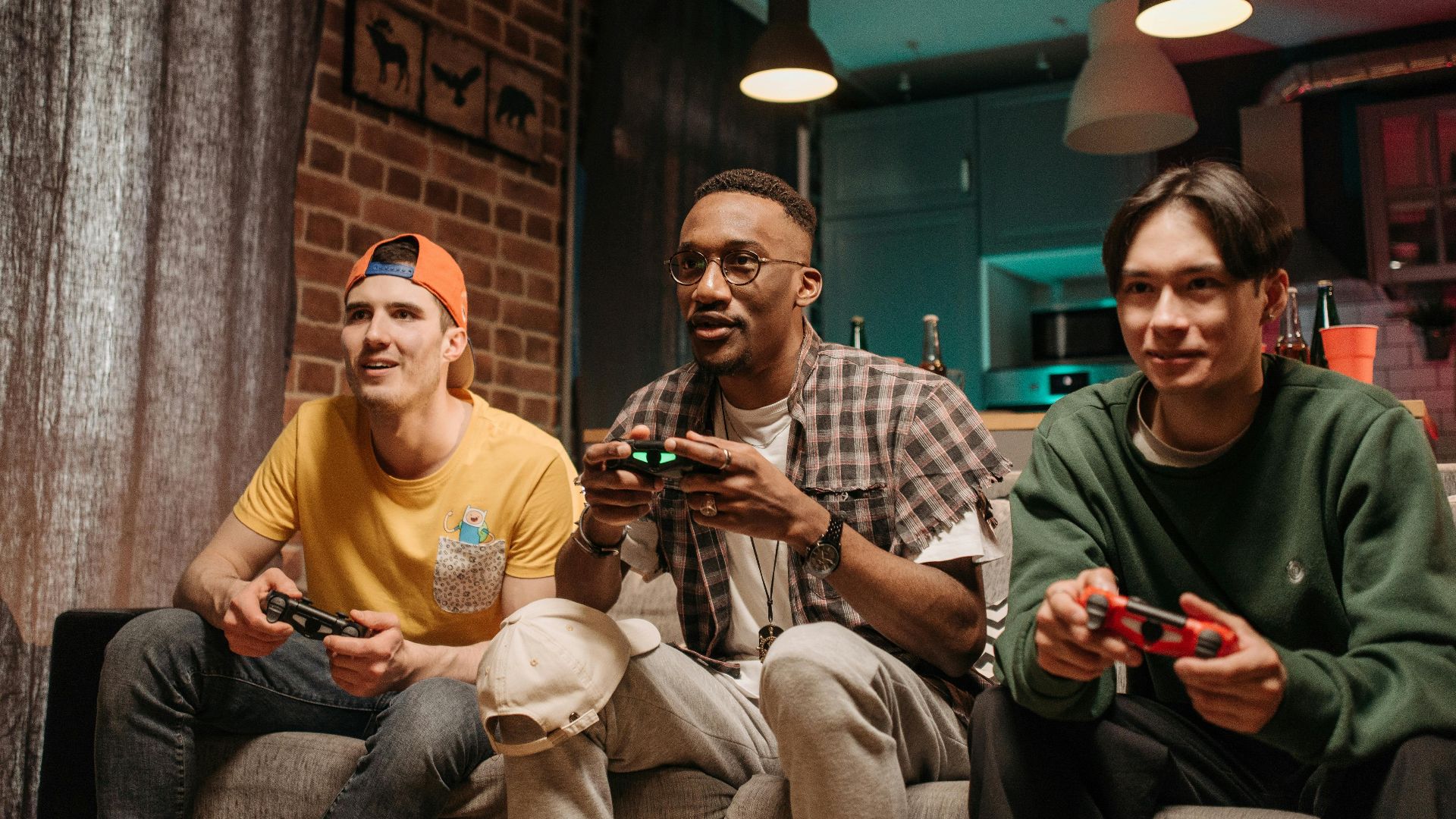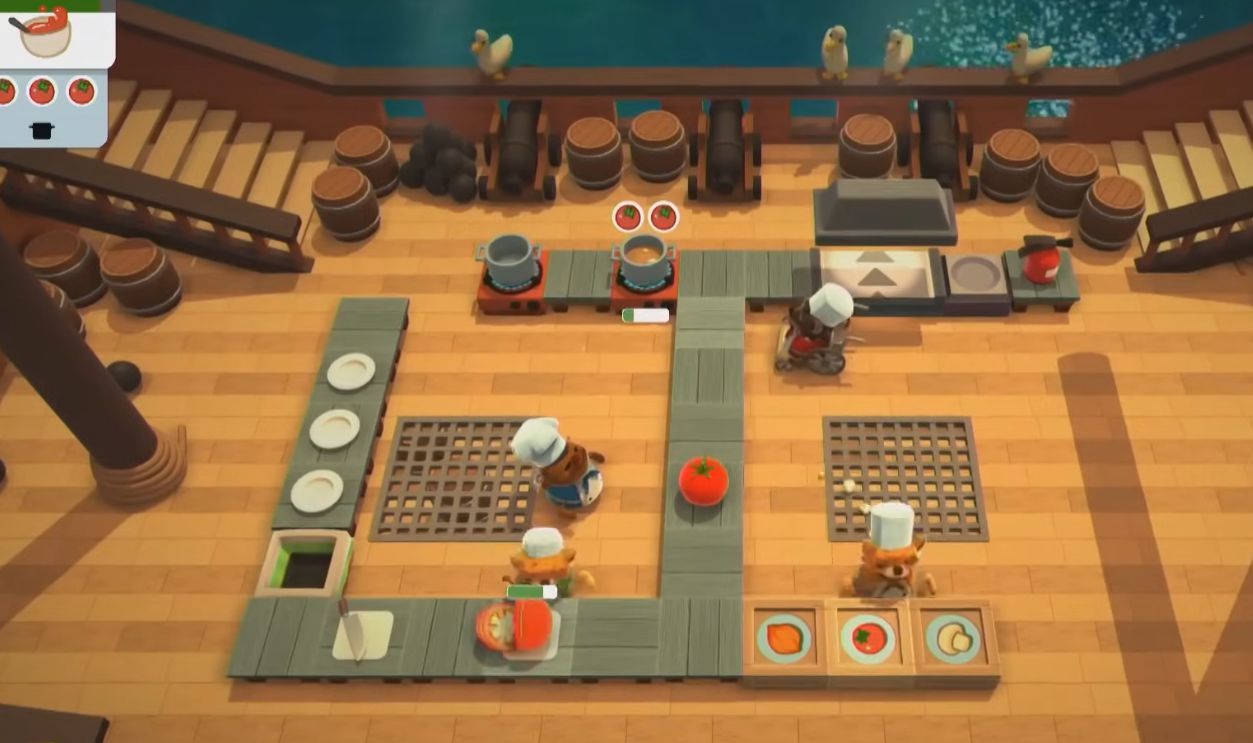The Death Of Couch Multiplayer: How Gaming Became Less And More Social At The Same Time
The Death Of Couch Multiplayer: How Gaming Became Less And More Social At The Same Time
Before headsets and fiber optics, the heartbeat of gaming lived in living rooms. Four friends shared a single screen and controllers tangled between pizza boxes and laughter. Those moments created bonds that reached far beyond the game itself.
But something began to shift as technology advanced and convenience took the driver’s seat. The living room slowly went quiet, replaced by glowing screens in separate rooms.
That transformation didn’t happen overnight. It crept in, wrapped in the promise of better graphics, global matchmaking, and limitless players. Yet behind the progress, something deeply human faded, as the death of couch multiplayer marked a cultural turning point.
So let’s see how the same evolution that united gamers also quietly pulled them apart.
The Rise Of The Digital Circle
As online gaming surged, living rooms turned into digital silos. Players could connect with others worldwide, yet they played alone in their own homes. Parents no longer heard the chaos of friends crowding around the TV. Instead, they heard quiet clicking and distant voices through headsets. What had once been a physical connection transformed into virtual proximity.
This wasn’t entirely bad, though, as online multiplayer opened new worlds of friendship and competition. A teenager in Ohio could team up with someone in Seoul. Plus, communities formed across time zones and languages, built on shared strategies and late-night chats.
For many, these online connections can feel meaningful and supportive, often complementing rather than fully replacing friendships forged face-to-face.
A Generation Between Two Worlds
Today’s gamers live in a strange middle ground. They crave both solitude and connection. On the one hand, online play is endlessly varied, and on the other hand, the nostalgia for shared couches and split screens lingers. Companies sense it too. And that’s why Nintendo’s Switch revives the old spirit with easy local co-op. Even VR experiments try to bring back the feeling of “being there,” though virtually.
Still, the economics of modern gaming favor the online model. Games-as-a-service thrive on long-term engagement and microtransactions, not spontaneous couch sessions. Cloud gaming, cross-platform play, and virtual events define the modern experience. However, developers still discuss the balance between social mechanics and human connection.
Reimagining The Future Of Play
If gaming’s social heart faded, it’s not gone for good. The industry is slowly rediscovering the value of local connection. Titles like Overcooked, It Takes Two, and Cuphead prove that shared-screen magic still works. These games rely on cooperation, laughter, and frustration—all emotions that thrive in the same room.
As developers explore the metaverse and mixed reality, the next evolution of “couch play” may look nothing like the past. The essence, however, will remain the same: shared experience, real interaction, and emotional immediacy.
So we can say that perhaps the death of couch multiplayer wasn’t an ending but a reminder. It showed that even in the most advanced virtual worlds, people still seek what was once found on a couch.









